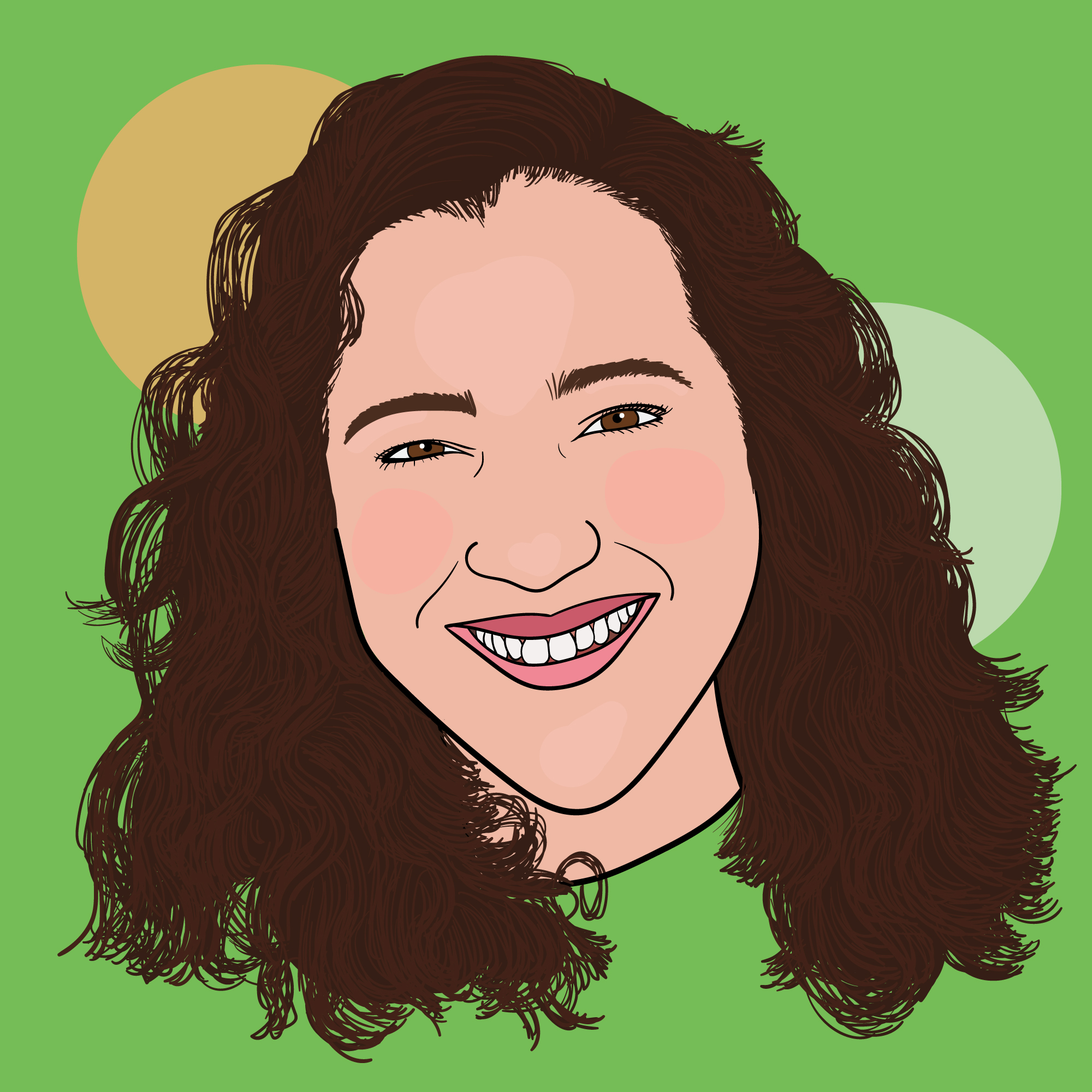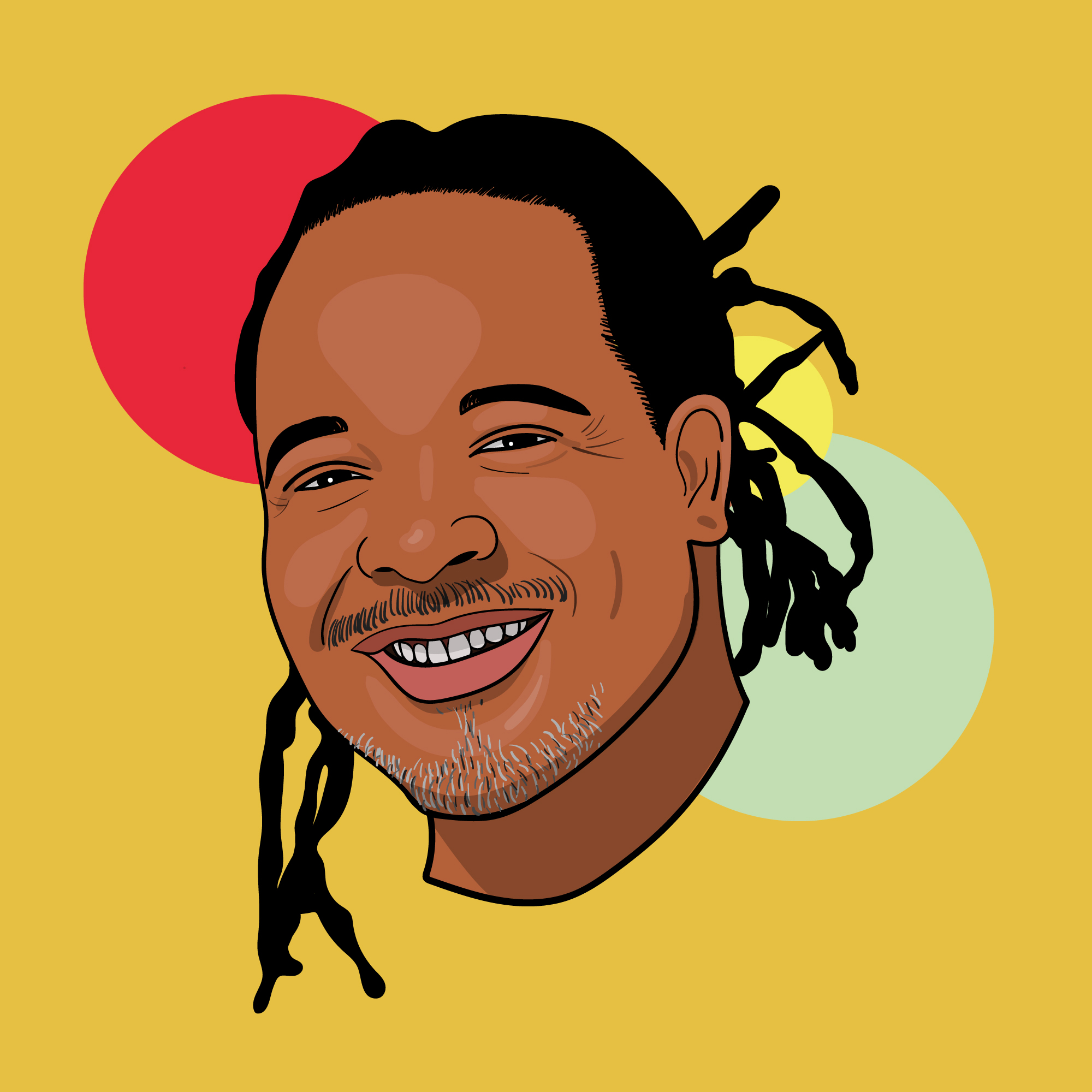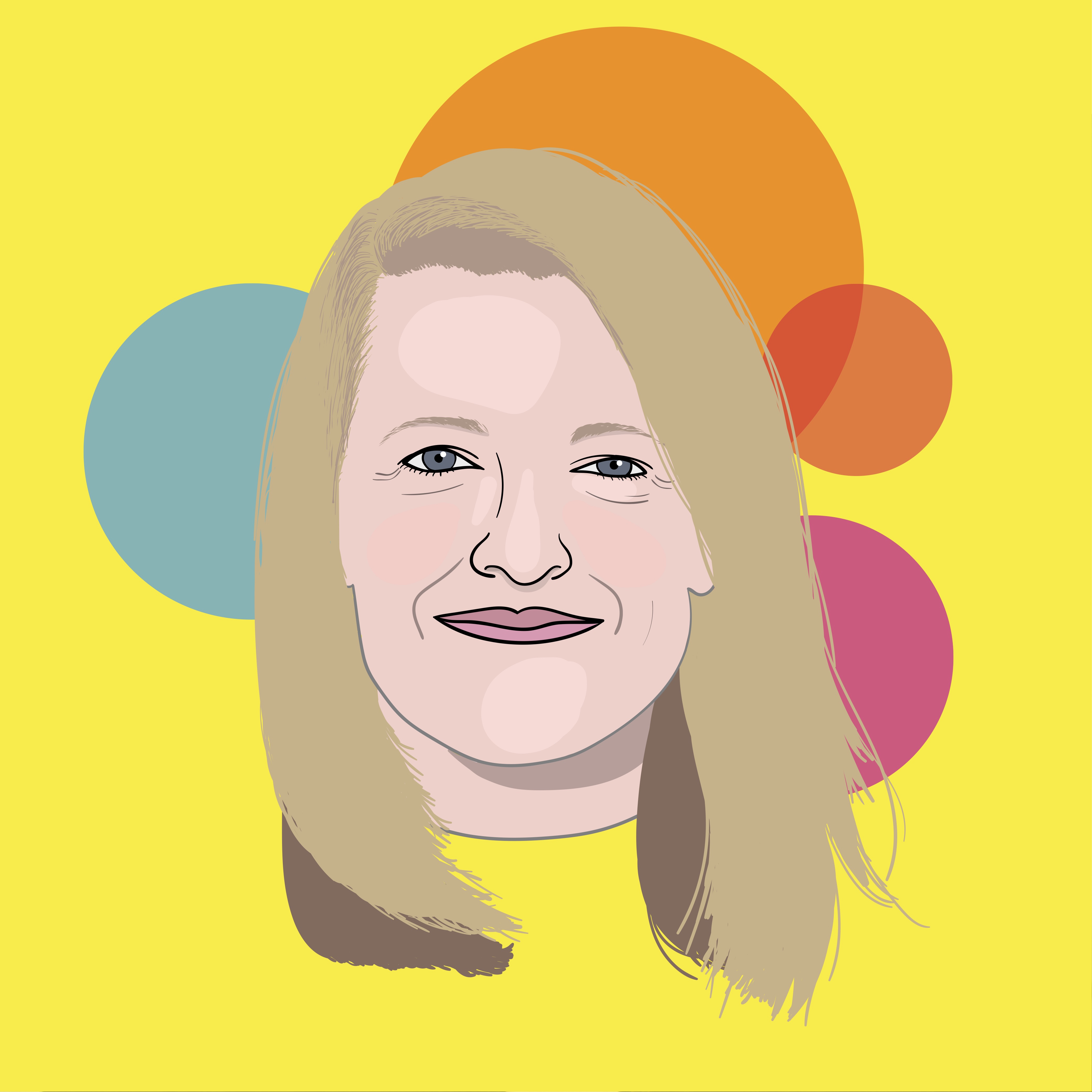Tiana Epps-Johnson

U.S. voter turnout is lower than in most developed countries, with fewer than 60% of adults casting a ballot in 2016. Nonvoters are younger, more racially diverse, lower-income, and less educated than their voting counterparts, and their absence at the polls keeps government from representing the whole nation. Suppression is one cause of the problem, but so are outdated elections offices that are ill-equipped to communicate with voters and elections information that is difficult for voters to access.
The Center for Technology and Civic Life (Opens in a new tab) (CTCL) provides technology and data to boost voter turnout in two ways: 1) Government Services: CTCL (Opens in a new tab) trains local elections officials to run more modern, inclusive elections, providing toolkits, trainings, and a professional network to help them to make websites more accessible, to engage on social media, and to collect and use elections data to help voters. 2) Civic Data: CTCL (Opens in a new tab) collects and standardizes messy data about voting and government to help civic tech groups and companies build user-friendly tools. So far, it has trained 3,000-plus elections officials in districts representing tens of millions of rural, urban, and suburban voters. In 2016, its data powered both Google and Facebook’s main ballot information tools, reaching as many as 65 million voters.
My grandma Rose
Face to Face with the Fellows: Tiana Epps-Johnson
YOUR SUPPORT TURNS HOPE INTO ACTION
Donate to the Barack Obama Foundation.
The Barack Obama Foundation is registered as a 501(c)(3) non-profit organization (EIN 46-4950751).
More Obama Foundation Fellows


















